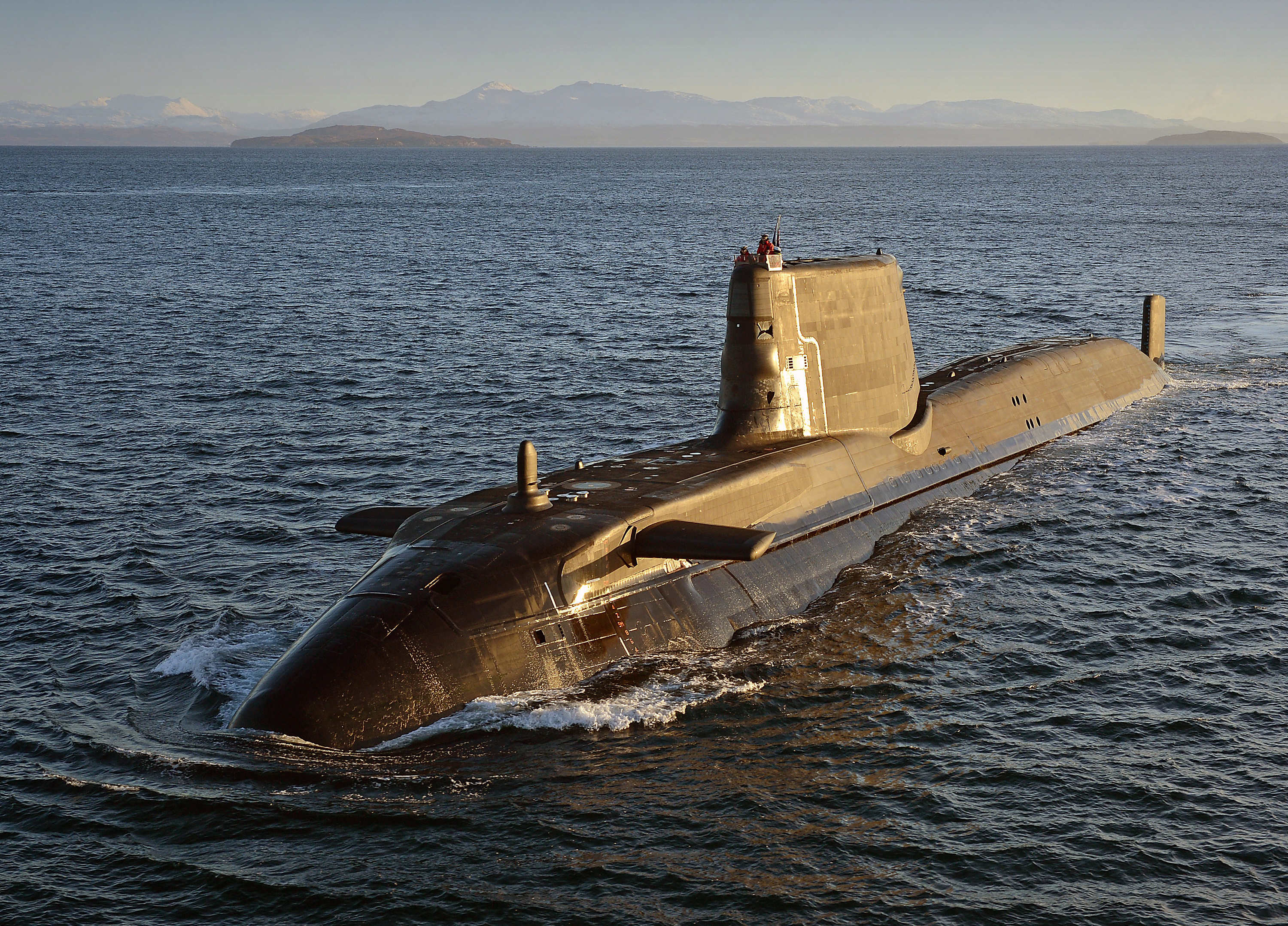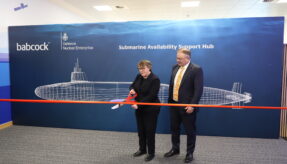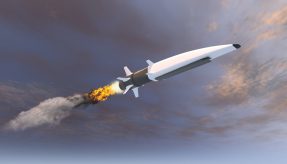
Mark Westwood, Isaac Bamfield and Mike Baily, of Atkins (a member of SNC-Lavalin Group), explore the challenges facing Australia as it sets out on its AUKUS journey.
Australia has taken a major step in stating its intent to acquire nuclear-powered submarines through its AUKUS treaty with the UK and US. The largest single defence programme that Australia has ever undertaken, the submarine fleet will require both new and repurposed infrastructure to enable its build, operation and maintenance, as well as a comprehensive regulatory framework and organisational ecosystem within which to operate. To successfully fulfil its mission in delivering this hugely complex programme, Australia will need to take a flexible and adaptable approach.
As a long-lead time activity, AUKUS’s infrastructure programme will need to start well in advance of submarine construction – even, potentially, before the submarine design has been finalised or the full nuclear regulatory system is in place. Designing a fit-for-purpose nuclear infrastructure is a challenging and complex process: the infrastructure will need to be delivered to meet constraints of time and cost, against an evolving backdrop of platform requirements, nuclear safety regulations and standards.
Learning from experience
Adopting nuclear is a massive change for any sovereign nation. Whilst Australia has a small existing nuclear footprint, the step up to owning, operating and maintaining a fleet of nuclear-powered submarines is substantial – and it will require a sizeable and capable nuclear-competent workforce. This will include highly skilled officers, non-commissioned officers (NCOs), and naval ratings able to safely operate nuclear-propulsion plant; engineering and technical support to undertake defect and routine maintenance tasks, and to provide design authority and intelligent customer roles; and a substantial supply chain to provide effective engineering, safety analysis and assurance.
To ensure all the different elements of design are considered at the right time, extensive programme and project management expertise will need to sit alongside this nuclear operational and safety understanding, to help make the timely decisions needed to support a successful outcome. From developing early concepts, to selecting the site options available for nuclear naval facilities, being able to draw on existing knowledge and experience will be critical for Australia. Experience when it comes to building a nuclear naval base cannot be understated. It is not just about what needs to be done, but also about drawing on learning from previous builds – large programmes are never without mistakes, and avoiding any pitfalls experienced previously will be a key part of making AUKUS a success.
Assuring and regulating AUKUS
AUKUS must also, of course, maintain the highest levels of safety and environmental protection, and thus its nuclear activities will need to be conducted within the constraints of a regulated environment, with appropriate levels of assurance. Australia starts from an unusual position: without an extensive civil nuclear programme already in place, it needs to develop both a regulatory framework and a nuclear enterprise to meet the requirements of its submarine programme.
Australia has elected to have a single Australian Nuclear-Powered Submarine Safety Regulator (ANPSSR) to develop the tiered nuclear safety assurance model and regulatory structure essential for the management of its submarine fleet, and the build and permissioning of its new naval nuclear support facilities. This option, a separate defence regulatory structure, which stands alone from the civil regulator, could be created as a direct copy of either the UK or US models, or a hybrid that learns from the lessons of each. Following the US Naval Reactors’ model, a single regulator could be established to regulate all aspects of defence nuclear operations along a prescriptive/standard setting approach; alternatively, a goal setting, permissioning approach could be implemented, similar to the UK’s Defence Nuclear Safety Regulator (DNSR). Whichever methodology is adopted, Goals Based Regulation, Rules Based Regulation, or a combination, each will also need to consider the regulation of environmental impacts, the overlap with conventional health and safety legislation and the effect of federal and state legislation.
This single statutory nuclear regulator model, while attractive from the perspective of the regulated community (fewer regulatory personalities to manage), will bring interesting challenges. For example, regulation will be against legislation, therefore the legislation needs to be well-crafted to avoid complexity (see the first use of the UK’s well-intentioned, but challenging to comply with, Radiation (Emergency Preparedness and Public Information) Regulations). In the UK, the DNSR has the ability to be more nuanced than the Office for Nuclear Regulation and can seek “outcomes as good as if legislation applied, so far as is reasonably practicable (SFAIRP)”. The SFAIRP approach enables DNSR to take a pragmatic approach to regulation of the nuclear submarine enterprise, while liaising with ONR.
To help Australia on its path, the UK and USA’s regulatory systems and layers of assurance protection could be used as a ‘blueprint’. Of course, directly implementing the same approach as another nation might not fully meet Australia’s needs, or reflect its legal position, so an individual tailored approach will be required, drawing upon learning from both the UK and US systems. Either way, the development of the AUKUS regulatory framework and assurance model will need to move at pace to maintain an appropriate lead over the design and development of the programme’s facilities.
An adaptable, capable enterprise
In developing the AUKUS enterprise capability against a yet-to-be-defined regulatory system, and alongside delivering a multifaceted operational, build and construction programme, Australia has no single enterprise operating model that it can copy to meet its changing needs. Its programme will require the integration of multiple different operating systems, reflecting the initial operation of US Virginia class submarines from 2030 onwards, followed by the build, testing and deployment of SSN-AUKUS. As such, its model will need to adapt and pivot at different times over the course of the long-term endeavour.
Setting up a robust organisational structure, systems and arrangements, to ensure nuclear activities are governed and undertaken in a manner which provides a consistently high standard of performance, will need careful planning and implementation – and the flexibility to move quickly to adapt to change. At present, AUKUS stands in the space where there are no definitive answers, only multiple opportunities, but by drawing upon others’ expertise it can continue successfully upon its path to an adaptable, capable submarine enterprise.
Read more about Atkins’ defence sector capabilities here.

Isaac Bamfield

Mark Westwood

Mike Baily








